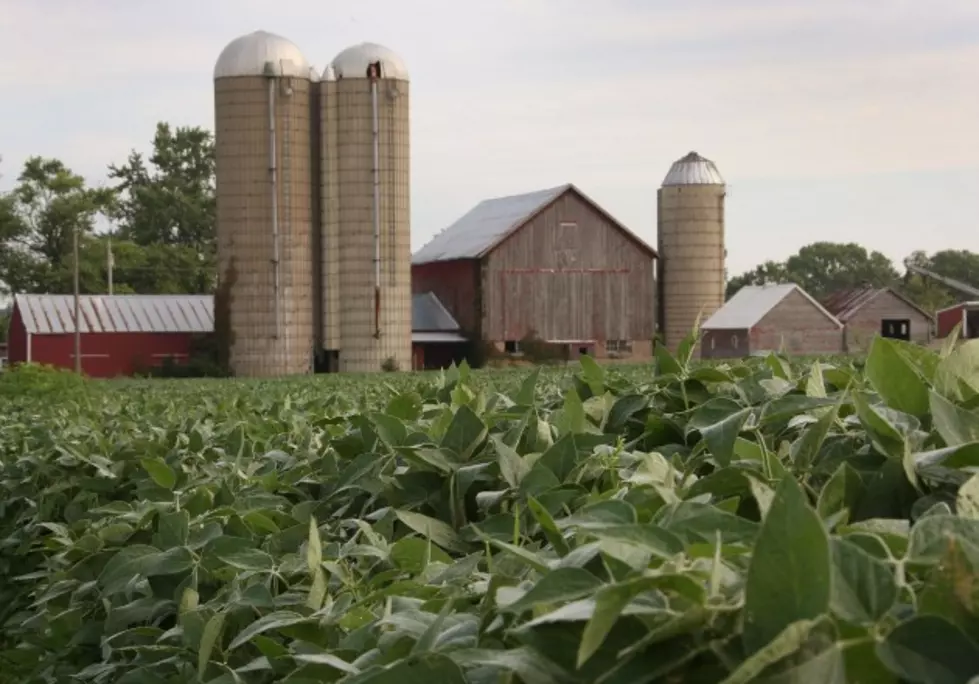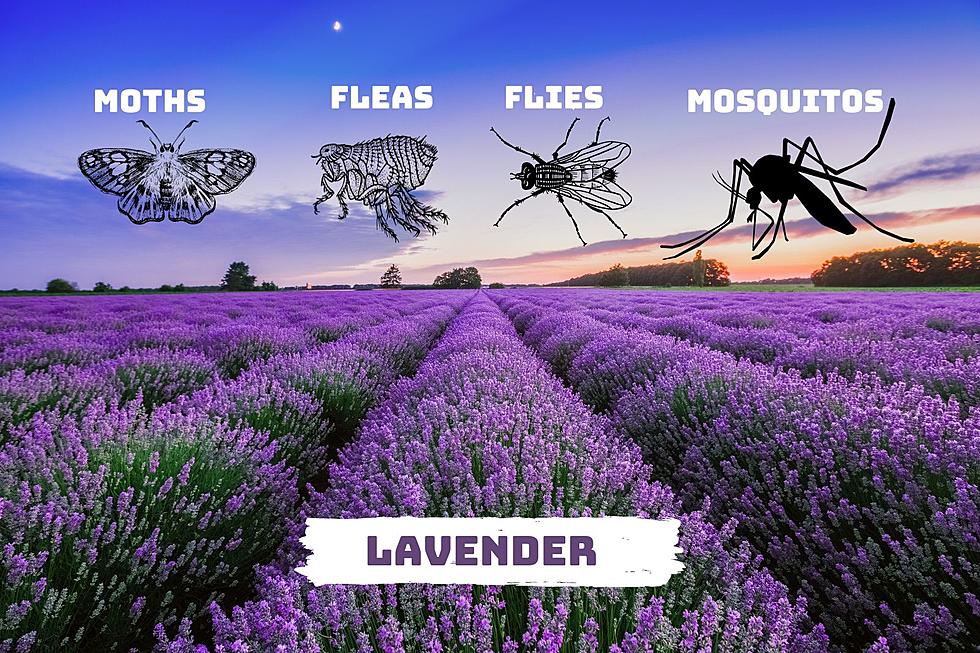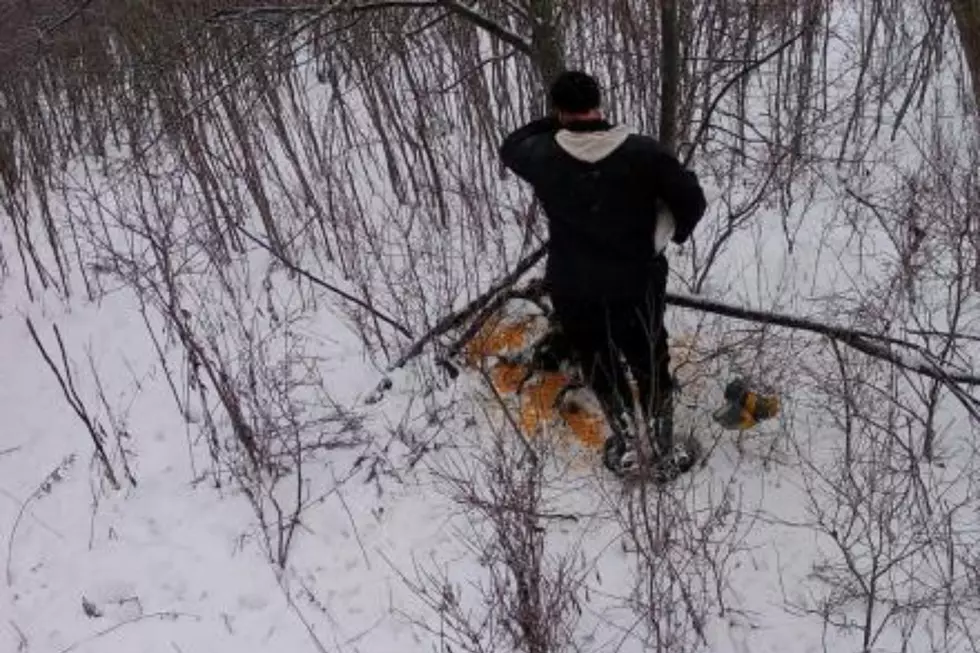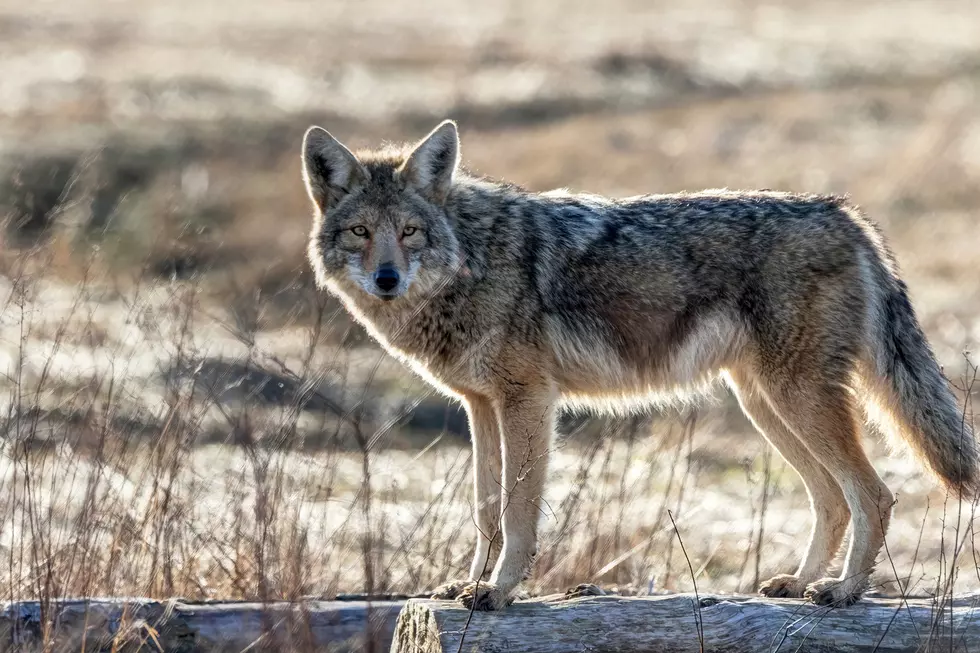
Time To Scout For Pests In Crops – AG Matters
Cornell Cooperative Extension's Jeff Miller says it's time to scout. And he's not recruiting athletes, Jeff is looking for pests in corn and soybean fields. Read more to see what he's found and what pests you should be monitoring.
The local soybean crop is in its critical period from flowering stage to pod fill. This is when the crop is vulnerable and yield losses can occur if growers don't check fields and monitor for pests. The most significant pest is soybean aphids. I found a single aphid on a plant just today in a field in Fenner. You have to count 250 aphids per plant in a sampling of 3 plants at 3 locations combined with a lack of predators like lady bugs or lacewings and the population has to be increasing for you to consider the need to apply an appropriate insecticide.
I have not found white mold in any soybean fields yet this season. Most growers are using cultural treatments like 3 year rotations, 30" row spacing and no-till planting to control white mold. Fungicides can be applied but have to be applied at first flower and 21 days later.... growers have to evaluate the cost benefit of this approach.
I have found very few western or northern corn rootworm adults in local corn fields to date. The time to start scouting for this pest in corn fields is when you see silk development. Remember that scouting each field once a week for 3 weeks provides you with the needed information to determine what, if any control measures are needed in next years corn crop. Here are more details on how to scout for this pest.
This is also a time to look for foliar diseases in corn fields. The two most commonly found diseases in the last two years are northern corn leaf blight and northern corn leaf spot. I have seen a few fields with northern corn leaf spot in the last two weeks. I haven't seen any northern corn leaf blight to date. A foliar fungicide can be applied at tasselling to control the spread of this disease but the cost benefit of this application is undetermined. The best approach is to make note of where you find the disease and rate the incidence, low, moderate or heavy and note the variety that was planted. You can use this information in making crop rotation or hybrid selection decisions for next season.
Warm dry weather favors potato leaf hopper (PLH) population increases so growers must continue to monitor their populations in alfalfa hay fields and in their snap beans. PLH numbers were low in my most recent scouting of local fields (6-16PLH/30 sweeps).
SOURCE: Cornell Cooperative Extension - Jeff Miller
More From Big Frog 104









